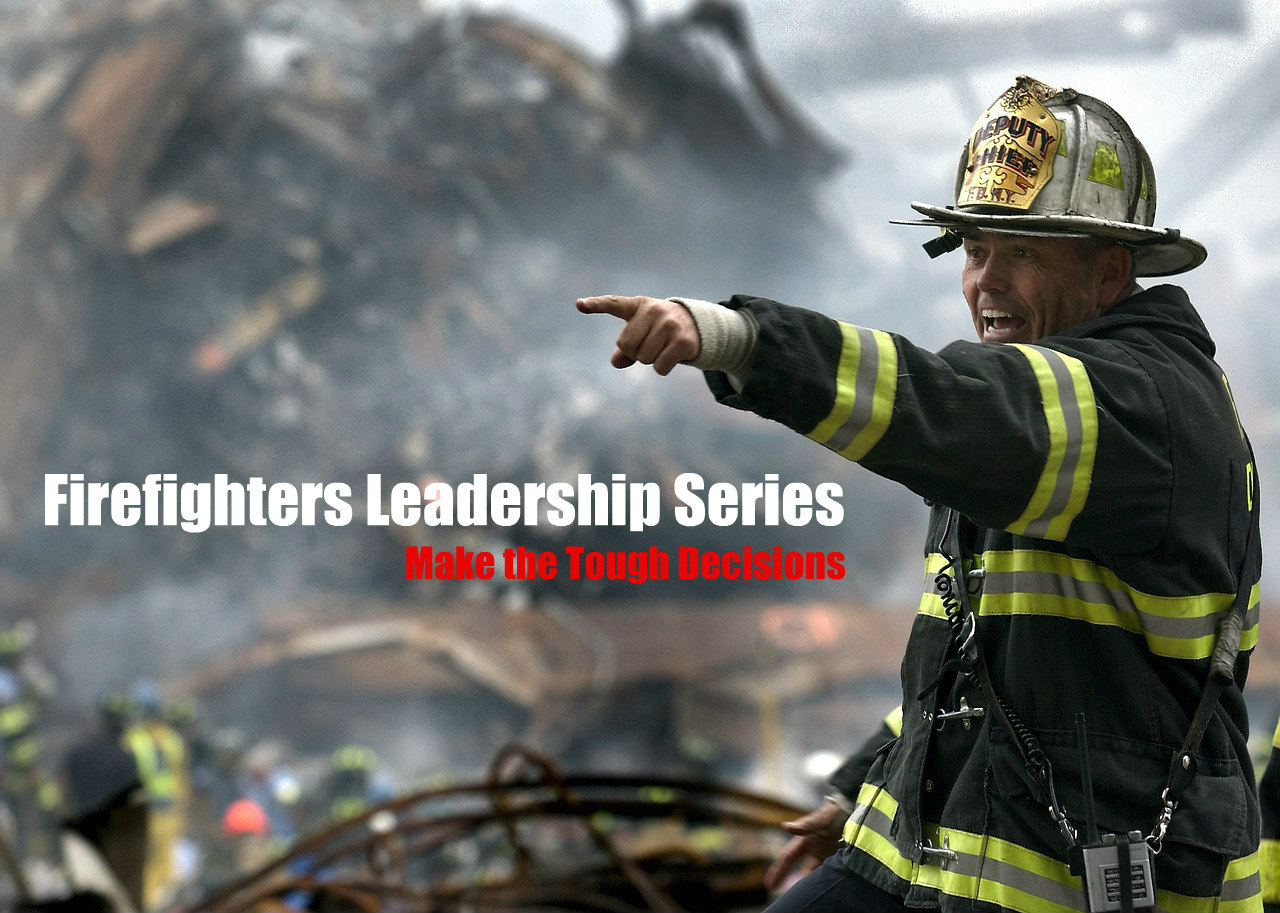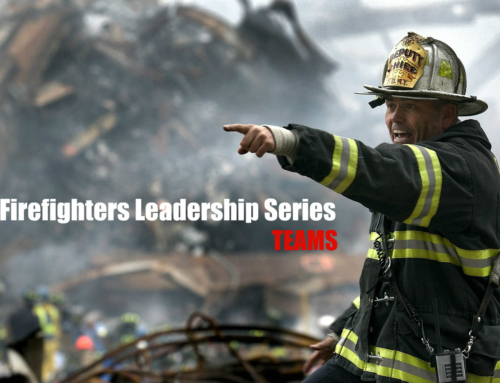Can You Lead Effectively in Turmoil?
Leaders make tough decisions. Leaders in the Fire Department have more pressure than most.
We live in a complex world that is steadily more difficult to negotiate and navigate. We all experience varied circumstances that vie to control us and how we react to problems. It’s easy to go knee-jerk or run with the most comfortable solution. However, is that leadership? Is that the leadership that inspires others to follow and achieves optimal results?
In all this confusion, it’s difficult for leaders to act with care and consideration for the longer term.
BOLD Leaders are required to navigate through complexity, appreciate the nuances, and make decisions in unpredictable situations. They use a framework of “systems thinking” that recognizes the interconnected nature of their environment.
What You Do Has Sustained Activity
What is especially evident is that BOLD Leaders recognize the systemic effect of actions on people. They see their world as intricately connected. Individual actions start a process where activity builds on itself, creating waves. Our choices create feedback loops. Some call it cause and effect. However, wise leaders understand that what we start, others duplicate, or sustain by their actions; good or bad.
Take a 360-degree view
Firefighters as leaders must develop the discipline to think strategically through all elements of a situation.
Like a strategic game of chess, leadership requires your imagination or the ability to see the future. How will the choices you make today affect different people, teams, or strategic plans? Be careful not to focus only on what you can see, but pay careful attention to what is hiding from view.
All too often, by our actions, we sadly create the future we were trying to avoid.
Leaders make tough decisions using a system-focused process
It is critical to your leadership that you demonstrate the ability to make smart decisions. Teach your team how to recognize the elements of a systems-focused choice.
Decision-Making Checklist for Leaders
Use this checklist the next time it’s up to you to determine the right course of action.
- Define the correct decision to be made?
- What options are available?
- How does the proposed solution align with our overall objectives, our branding, and our competitive positioning in our market?
- How would this positively and negatively affect marketing, operations, budgets, and other aspects of what we do (short-term and long-term)?
- Are there any legal, regulatory, or contractual implications?
- Identify resources are necessary to make this work.
- Do we have any opportunities to reduce costs through negotiation or economies of scale?
- What are the potential benefits?
- Are there secondary benefits that you could foresee that may benefit other departments or projects?
- What are the risks associated with this? (financial or otherwise)
- What are the pessimistic, realistic, and optimistic projections for success?
- How long would it take to reach a return on the investment (ROI)? (Can you clearly define the ROI you anticipate?)
- Can we use decision-making models to help support our decision?
- Establish the timeline for development, launch, or completion of the decision.
- What external impact will this have on customers, vendors, and the public?
- What internal implications can we expect on team members and employee morale?
- Is this solution the only solution we can see? Are there other ideas worth considering?






